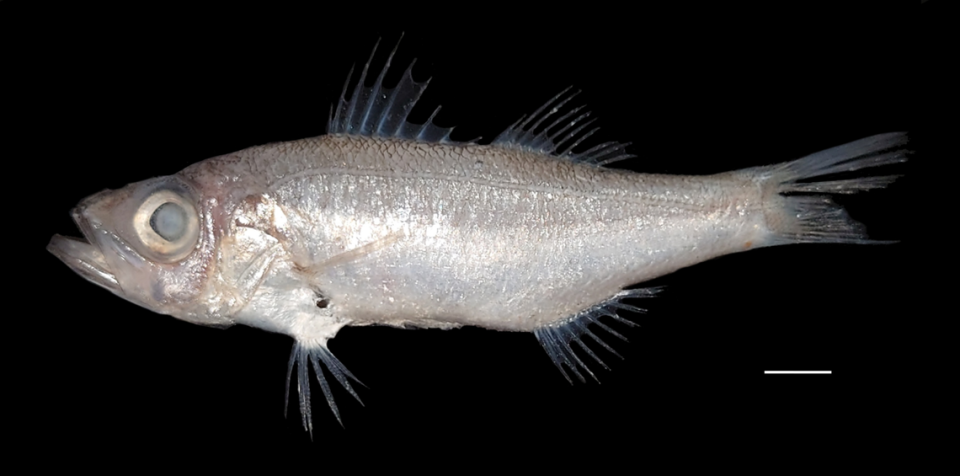Anglers catch translucent creature deep in the ocean off Taiwan. It’s a new species
Anglers off the coast of Taiwan recently reeled in a peculiar kind of fish — with translucent fins and bulging eyes — from deep below the surface.
The scaly creatures were transported to a market on the island and handed over to researchers, who determined they belonged to a previously unknown species of sea bass.
The bass, which “exhibits distinct” features, belongs to the genus Malakichthys, a family of basses and lanternfishes native to the Pacific and Indian oceans, according to a study published Dec. 1 in the journal Zootaxa.

The newfound species was given the name Malakichthys formosus after Formosa — a historical name for Taiwan, researchers said.
In addition to their “large” eyes and four see-through fins, they are distinguished by their brown and “silvery white” complexion.
Subtle characteristics also help differentiate them from their relatives, including a lack of paired spines on their chins and their total scale count.
They’re also relatively small in size, only measuring about 3 inches long, researchers said.
Thus far, the bass have only been found in the northwestern Pacific Ocean near Taiwan, where they dwell at a depth of between about 980 and 1,300 feet.
Worldwide, there are about 475 known species of sea bass, some of which can weigh up to 500 pounds, according to the Encyclopedia Britannica.
Several species, including the giant sea bass, are overfished and endangered, according to research from the University of California San Diego.
Metal detectorist finds 1,200-year-old artifact from mysterious pagan cult. See it
‘Very rare’ creature — with wings and hairy face — found on island. It’s a new species
Female meerkats evict other females and kill their babies. Now, researchers know why

